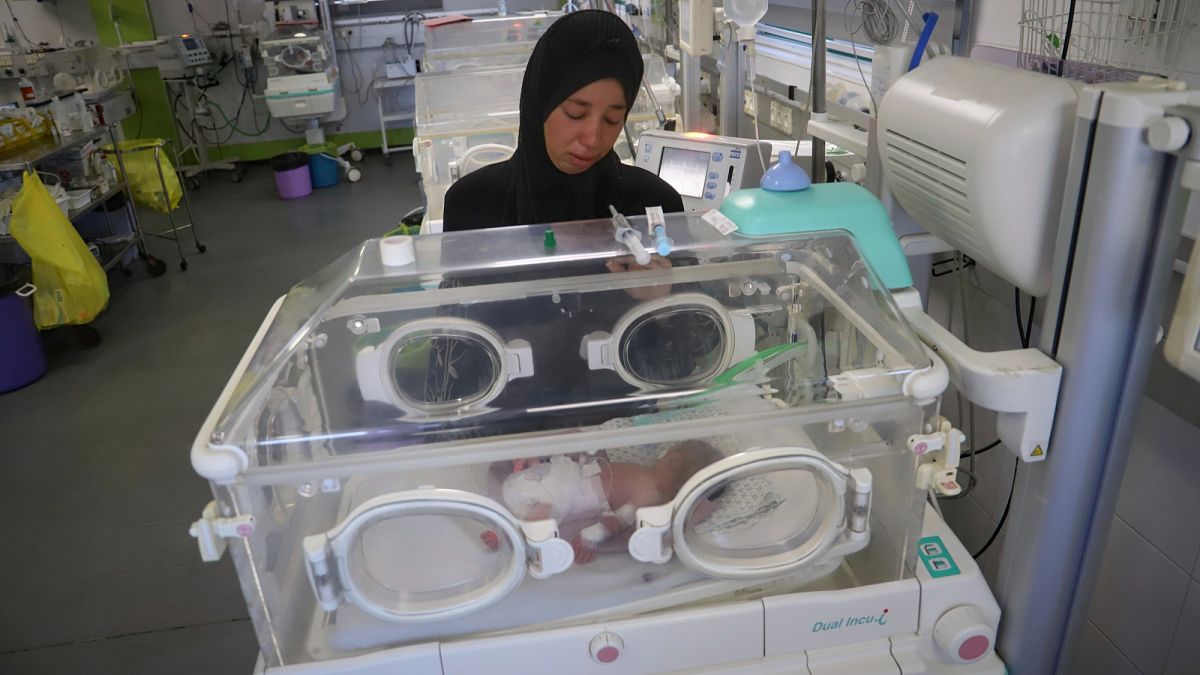

In an evolving world of health and technology, new challenges and solutions emerge, inviting us to examine the complexities and innovations shaping lives. In the Gaza Strip, a complex humanitarian situation impacts the health of the region’s youngest residents. Meanwhile, advances in medical technology introduce hopeful possibilities, including an innovative approach to treating sinus infections. This article weaves together these stories, reflecting on the intricacies of care and the promise of progress.
The humanitarian crisis in the Gaza Strip has been a persistent issue, affecting the region’s ability to provide essential care for its residents. A critical concern highlighted by parents and healthcare professionals is the shortage of baby formula. This shortage is exacerbated by an ongoing blockade, creating an acute crisis where infants’ nutritional needs are increasingly difficult to meet. While Israel maintains that vital aid is being allowed into the area, rights groups suggest that the restrictions contribute significantly to the public health dilemma. This situation not only underscores the immediate need for relief but also emphasizes the complexities of conflict and care within the region.
Efforts to address humanitarian needs are ongoing, with various organizations striving to navigate the diplomatic and logistical challenges of delivering aid. The situation necessitates a concerted collaborative approach to ensure that basic life-sustaining resources are accessible to those who need them most. This includes baby formula, which is crucial for the health and development of infants, making its availability a priority for international aid efforts.
In a different realm of health innovation, scientists in China and Hong Kong have made strides in addressing infected sinuses through the deployment of micro-robot technology. These tiny robots, as minuscule as specks of dust and significantly smaller than a human hair, have the potential to enter sinuses to treat stubborn infections. With successful pre-clinical animal trials already conducted, this advancement showcases the potential for robotic precision to enhance medical treatments.
The use of such micro-robots proposes a minimally invasive solution that could revolutionize how sinus infections are treated, eliminating the need for more traditional, and sometimes more invasive, medical interventions. After completing their task, these robots can be expelled naturally, minimizing any residual risks associated with their presence in the body. While promising, the innovation awaits further experimentation and verification to address potential concerns, including the technology’s long-term safety and public perception challenges.
As these two stories unfold, they highlight the dynamic landscape of modern healthcare—one where innovation meets humanitarian challenges. They underscore the importance of advancing medical technologies to address everyday health problems while also reminding us of the pressing need to resolve geopolitical issues that hinder health and wellbeing.
Through these narratives, we see a shared commitment to improving lives, whether through groundbreaking technology that promises safer, efficient treatments, or through humanitarian efforts aimed at securing fundamental necessities. It is a testament to human ingenuity and empathy that individuals and organizations worldwide continue striving to create positive change, offering hope amid challenges.
Source: {link}
